Macedonian Military - The Persians fielded excellent cavalry, but they struggled to find large numbers of reliable heavy infantry and relied heavily on Greek mercenaries. The combined arms strategy of the Macedonians gave the raiders an advantage over both, and over time allowed for more troops fighting in different styles to be attached to the base system.
Horse archers from the nomadic population of the Steppes proved a very effective asset in Alexander's campaigns in Afghanistan and India. One Quince, son of Polymocrates, an experienced Macedonian warrior (promoted to the rank of hiparch), accurately portrays the psychology of the conflict between these grey-legged friends, through his speech at the Hyphasus River (from Historia Alexandri Magni
Macedonian Military
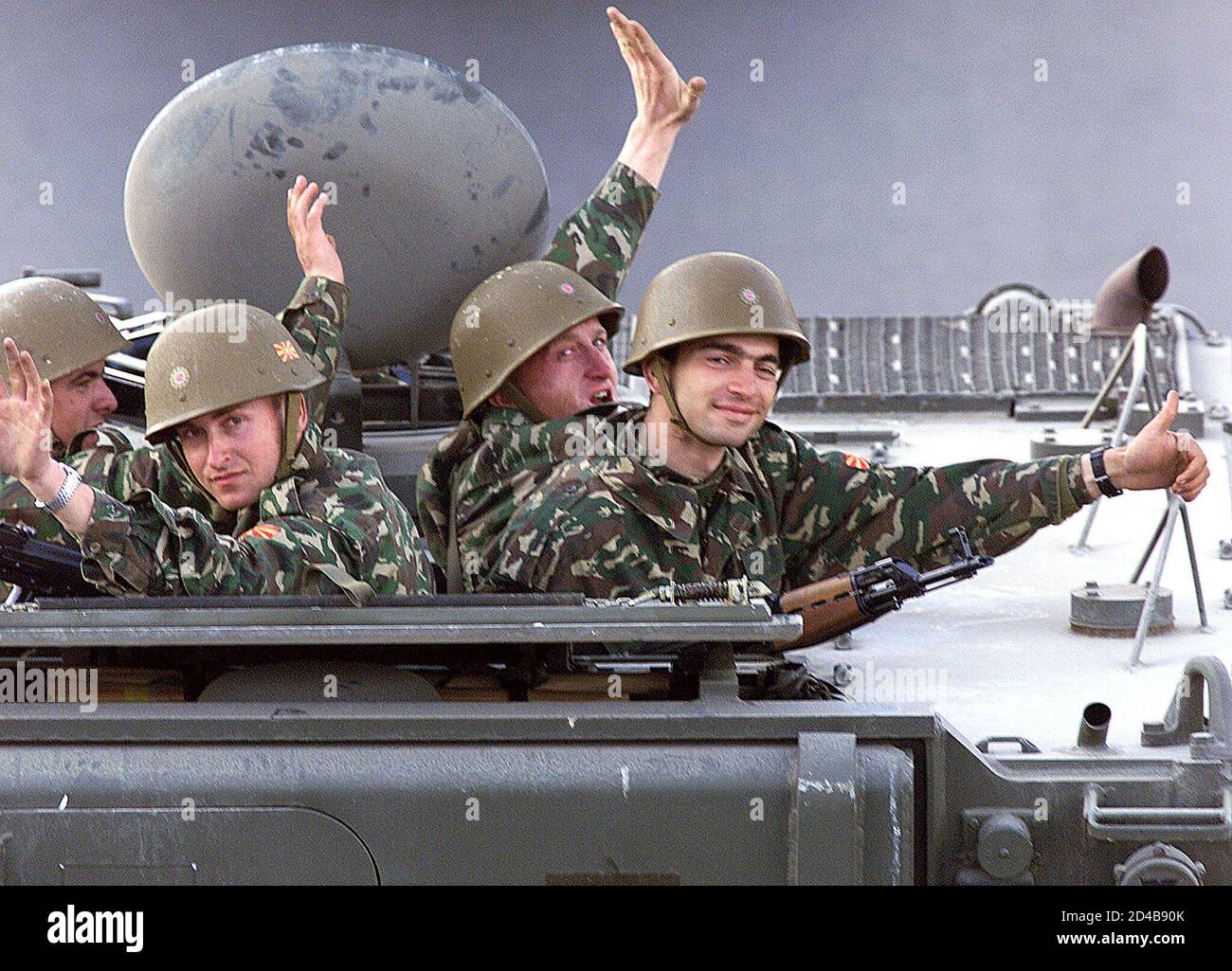 Source: c8.alamy.com
Source: c8.alamy.com
, by Quintus. Curtius Rufus, circa 1st century AD.) - According to Polyanus, a particular incident relates how a Tarantine cavalry officer was dismissed from Alexander's army simply because he was lukewarm. Was bathing in water.
Presidency Of The Thessalian League
The simple reason for this is - "...because he does not understand the way of the Macedonians, among whom a woman who has just given birth cannot even bathe in hot water". However, for the developing state of Macedonia, most of its male population participates in simple economic activities, such as animal herding (depending on the season).
Thus, in wartime, when commissioned men were campaigning far and wide, their economic duties could also be handled alternately by men, women, and even (in some cases) children. As evidenced by Levi, at the Battle of Padna in 168 BC, the flexibility of the Roman formation (maniple) allowed them to attack narrow flanks from multiple directions.
These different angles of engagement forced fellow infantrymen to suddenly swing their long spears, thus creating a disorganized grouping of troops - ultimately defeating the purpose of compact phalanxes. Some have even speculated how the rugged terrain might have broken the rigidity of the Macedonian phalanx.
Interestingly, the small shield (pelte) – probably adopted by various Greek armies under the reforms of the Athenian general Iphicrates – was designed to be worn on the left arm. This allowed the Macedonian soldiers to keep their left hand free.
Early Life And Accession
As a result, they were able to wield (and guide) their very long spears with both hands. From such literary sources, one can certainly make the assumption - Greek and Macedonian soldiers abandoned their heavy bronze cuirasses.
Instead, most of their troops used the light lanthorax, an improvised armor system made of adhesive layers of linen. Macedonians, my speech is not intended to deter your desire to go home. As far as I'm concerned you can go wherever you want.
 Source: balkaninsight.com
Source: balkaninsight.com
But I want you to understand what I have done for you, and what you have done for me. Let me begin, as is appropriate, with my father Philip. He found you wandering without resources, many of you dressed in sheepskins and tending small flocks in the mountains, barely defending them against the neighboring Illyrians, Triballians, and Thracians.
Athenian declaration of war in 340 allowed him to raise both sieges unscathed, although he failed to threaten Athenian grain routes to southern Russia. Athens would now fear an invasion of her territory through central Greece, where the central position was held by Thebes, her hitherto ally, but lately discontented and obstinate.
His services to them in the Holy War were influenced more by his new position as a successful rival for leadership at and through Amphictyoni, and his move to supremacy in Greece as an invasion of Thebes.
can be seen on After several times hastily arranging and reorganizing his army, he at last formed his phalanx into a sort of wedge, and drove it to the left against the enemy, who had at length been two orders
Was scared. and the speed of its evolution. Given these small tactical details, it can be assumed that the Macedonian army did not rely heavily on specific groups or troop formations (unlike the hoplites of previous centuries or the knights of early medieval Europe).
Additionally, one can theorize how highly disciplined and well-trained foot soldiers, properly supported by cavalry, would fare against the lightly armed "traditional" Persian infantry. There were more. Such disciplinary actions and punishments, of course, vary according to the nature of the offense.
For example, simple uprisings often required soldiers to stand at attention for long periods of time while wearing their full combat gear - thus mirroring our modern-day soldiers. Members of the Macedonian phalanx were also subject to the same code of conduct, and so the ultimate decision-making authority rested with the king (as opposed to the more 'democratic' approach in the rest of the Greek army).
More interestingly, the punishment for seducing other soldiers' women (and thus property) was very severe - sometimes resulting in the death penalty. A gruesome form of execution was also reserved for rebels - punishments ranged from stoning to beheaded, thrown into a river, trampled by elephants.
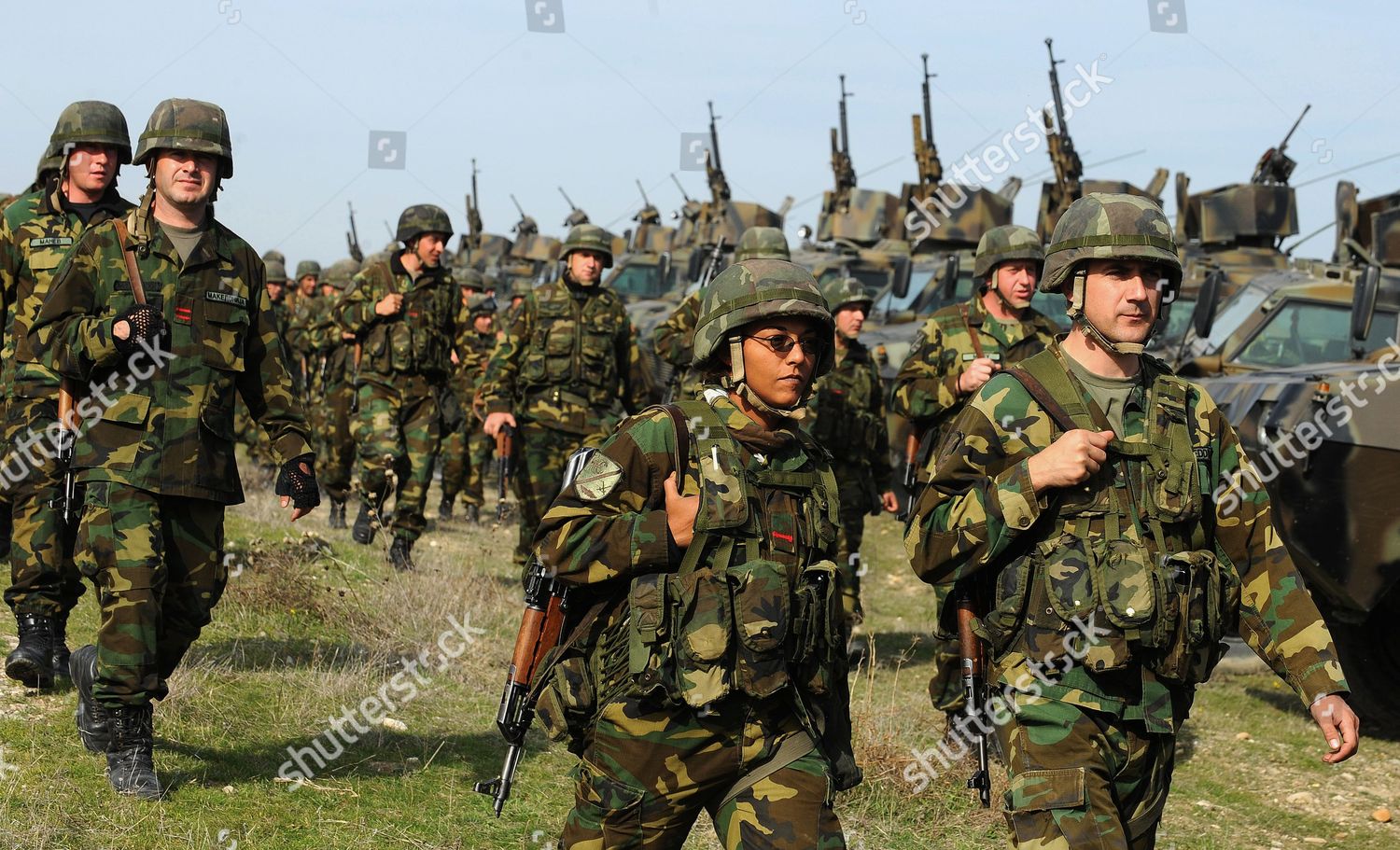 Source: editorial01.shutterstock.com
Source: editorial01.shutterstock.com
Alexander then arranged his army in such a way that the depth of the phalanx was 120 men. and placing 200 horsemen on each wing, he commanded them to be quiet, that orders might be speedily received.
![]() - 1.jpg?resize=194%2C300&ssl=1 194w, https://i0.wp.com/militaryhistorynow.com/wp-content/uploads/2020/10/978154164164.20p201950%194%201955416698750195000%195781541646698750%201950 129w, https://i0.wp.com/militaryhistorynow.com/wp-content/uploads/2020/10/9781541646698-1.jpg?resize=260%2C403&ssl=1 260w, https://i0.wp.com. /militaryhistorynow.com/wp-content/uploads/2020/10/9781541646698-1.jpg?resize=160%2C248&ssl=1 160w, https://i0.wp.com/militaryhistorynow.com/wp/20-con 10 /9781541646698-1.jpg?w=436&ssl=1 436w" sizes="(max-width: 194px) 100vw, 194px" data-recalc-dims="1" />Adrian Goldsworthy studied and taught at Cariff's College, London. University of Notre Dame. His new book, Philip and Alexander: Kings and Conners, will be published by Basic Books on October 13. And, despite the seemingly rigid structure of the phalanxes on the battlefield, Philip moved his armies in the marching phase.
- 1.jpg?resize=194%2C300&ssl=1 194w, https://i0.wp.com/militaryhistorynow.com/wp-content/uploads/2020/10/978154164164.20p201950%194%201955416698750195000%195781541646698750%201950 129w, https://i0.wp.com/militaryhistorynow.com/wp-content/uploads/2020/10/9781541646698-1.jpg?resize=260%2C403&ssl=1 260w, https://i0.wp.com. /militaryhistorynow.com/wp-content/uploads/2020/10/9781541646698-1.jpg?resize=160%2C248&ssl=1 160w, https://i0.wp.com/militaryhistorynow.com/wp/20-con 10 /9781541646698-1.jpg?w=436&ssl=1 436w" sizes="(max-width: 194px) 100vw, 194px" data-recalc-dims="1" />Adrian Goldsworthy studied and taught at Cariff's College, London. University of Notre Dame. His new book, Philip and Alexander: Kings and Conners, will be published by Basic Books on October 13. And, despite the seemingly rigid structure of the phalanxes on the battlefield, Philip moved his armies in the marching phase.
Movement was preferred. This led to a reduction in many facilities for officers and soldiers, including a reduction in personnel per man. was the greatest anxiety. Nevertheless, with the fear and danger which threatened them, Philip was not daunted by the magnitude of the anticipated danger, but, gathering the Macedonians in a series of assemblies and by eloquent speeches,
exhorted them to be men, and their Raised morale. After improving the organization of his forces and equipping the men with weapons of war, he carried out constant movement of men under arms and competitive training.
Characteristically, Philip rejected the trial of power, willing to wait six years until he could obtain Thermopylae through negotiations and without striking a blow. Meanwhile, his Thessalian conquests enabled him to be elected president of the Thessalian League (perhaps 352), a unique position for a foreigner in the Greek confederation and which made Thessaly part of Macedonia for 150 years and more.
tied to the kings of He gave you cloaks to wear instead of sheepskins, brought you down from the mountains to the plains, and made you a match in battle for the neighboring barbarians, because you were protected by your own courage.
And no longer depended on your hill forts. He made you a citizen of the city and civilized you with good laws and customs. The barbarians who once persecuted you and seized your property, made you their leader instead of their slaves and subjects.
 Source: balkaninsight.com
Source: balkaninsight.com
Interestingly, one of Polyanus's accounts (in the Strategiamata) records how Alexander, in anger, armed his men who had previously fled the battlefield with what was called a hemithorakion - a half-armoured system that only Covered the front part of the body.
This punitive trial ensured that soldiers would not turn their backs on the enemy. However, beyond the magnificent spirit and extraordinary tenacity of the Macedonian soldiers, it was ultimately the tactical limitations of the phalanx that led to its downfall.
Although, for more than 150 years (after the death of Alexander) representing the military backbone of the successor state of Greece, the Macedonian phalanx met its forces in the Roman legions in the middle of the second century BC.
Accordingly, the protection of property was a big deal, with accumulated wealth distributed and specifically allocated to each soldier based on his rank. Surprisingly, such booty also included women and hence those who were taken as booty were often considered to be soldiers' wives.
if(typeof ez_ad_units!='undefined'){ez_ad_units.push([[300,250],'realmofhistory_com-box-4','ezslot_7',156,'0','0'])};__ez_fad_position('div- gpt-ad-realmofhistory_com-box-4-0'); Beyond sexuality, however, it was the scope of the Thebans' innovative war tactics that seriously influenced Philip II and his Macedonian phalanx. And, as the saying goes – “Necessity is the mother of all creation”.
By the time Philip captured the newly arrived Macedonians, the country's army had been defeated - with their former king and many of the heteroi (king's companions) having met their gruesome deaths in battle against the Illyrian invaders.
Such tactical factors can be perfected in the actual battlefield only if supported by a rigorous training regime. To this end, according to Polyanus, Philip enthusiastically drilled his soldiers, sometimes forcing them to march more than 300 stades (30 miles) in a day!
This was done with a fully decorated footman, including his bare Sarsa spear designed as an 18-foot spear made of carnelian wood (Alexander's time I). Look at our bodies - weak, pierced with all these wounds, rotting with all their scars!
 Source: militaryimages.net
Source: militaryimages.net
Our weapons are dull, our shields are worn... How many of us have? Who has the horse? Research how many slaves participated and what was left of the booty? Winner of all, we lack everything! And our problem is not because of extravagance.
No, in war we have used war weapons. He had heavily armored Hetairoi who were described in Thucydides' time as "good horsemen" and "where they attacked, no one stood against them" (Thuc. 2.10). The weakness in the Macedonian army was not the cavalry, but the pizteroi, the infantry.
The infantry consisted of tribal levies, farmers and herdsmen like the Persian infantry themselves. Philip reorganized the infantry into a highly trained phalanx that wielded the sarissa, a spear twice the length normally used (Greene 1991 18-19).
Philip's training was rigorous and he repeatedly forced his men to march three hundred stades, thirty-four miles, with full arms (Paulianus Stra. 4.2.10). Even nobles are not safe from its seizure. He killed one for leaving the ranks in search of water, and another for laying aside his hand against orders (Alien VH. 14.49).
Yet the pike phalanx was only one element in Philip's new system. Macedonian cavalry also trained hard, enjoying better equipment. And their numbers increased during his reign as he granted estates in the conquered territories to men who were obliged to serve as horsemen.
In battlefield group terms, the basic unit of a phalanx is called a syntagma – a square shape with rows of 16 men inside. Interestingly, this formation allows the front 5 rows of men to hold their spears at a horizontal angle, while the last 11 rows can hold their spears in a vertical position (as shown in the image above).
According to Polyanus' account of what is now Macedonian military training, the foot soldiers of the new Macedonian phalanx formations (also called foot companions or pizhteroi) were equipped with helmets (cranos), light armor (pelte) - on the arms, graves
were worn. kemides), and long spears (sarissa) up to 18 feet (in Alexander's time). The Macedonians have a distinct advantage over the other southern Greek city-states, and ironically, this has to do with the "simple life".
 Source: media.defense.gov
Source: media.defense.gov
In other words, the Greek hoplite was primarily a farmer who was tied to his land and formed a large part of the economic middle class of his society. This resulted in a more restricted campaigning season as the hoplites could not stray too far from their fields.
Philip ascended the throne suddenly and unexpectedly in 359, when Perdiccas was killed in an Illyrian invasion. Prepared to cover the Illyrians; The Paeonians had invaded from the north, and the two claimants to the throne were supported by foreign powers.
In this crisis Philip showed a good sense of priority by buying off his dangerous neighbors and, by treaty, ceding Amphipolis to Athens. He used the time gained in military preparations. The army which later conquered Persia was developed during his reign, but the decisive innovation in weaponry – the sarsa, a spear about one and a half times longer than the Greeks – tactics and training probably dates from this first year.
was . Most of Alexander's adult life was spent on campaigns. He vividly shared the hardships of marching with his men and riding thousands of miles, enduring fatigue, hunger, thirst, and extremes of climate. In battle he led from the front, fought hand to hand and suffered a long list of wounds.
Finally, as the enemy lines meet, the front line of the Macedonian phalanx spreads its feathered spear points out from the narrow formation - thus creating a nearly impenetrable "barbed" front for the enemy's infantry. makes
Light armor somewhat helped this tough group of soldiers wield their very long spears effectively. Finally, in practice, the heavy metal breastplates were unnecessary for the well-drilled soldiers in the rear of the protective phalanx. This was a strategic (and practical) advantage welcomed by monarchs who generally lacked funds and military equipment.
This leads to the non-uniform nature of the phalanx - certainly a far cry from the inaccurate 'heavy' portrayal of the ancient Greeks and Macedonians in popular media.
ancient macedonian military, north macedonia armed forces, north macedonia army, north macedonia army equipment, macedonian armed forces, macedonian army, north macedonian military, macedonian military uniform
Source: cdn.shopify.com
 Source: i.ebayimg.com
Source: i.ebayimg.com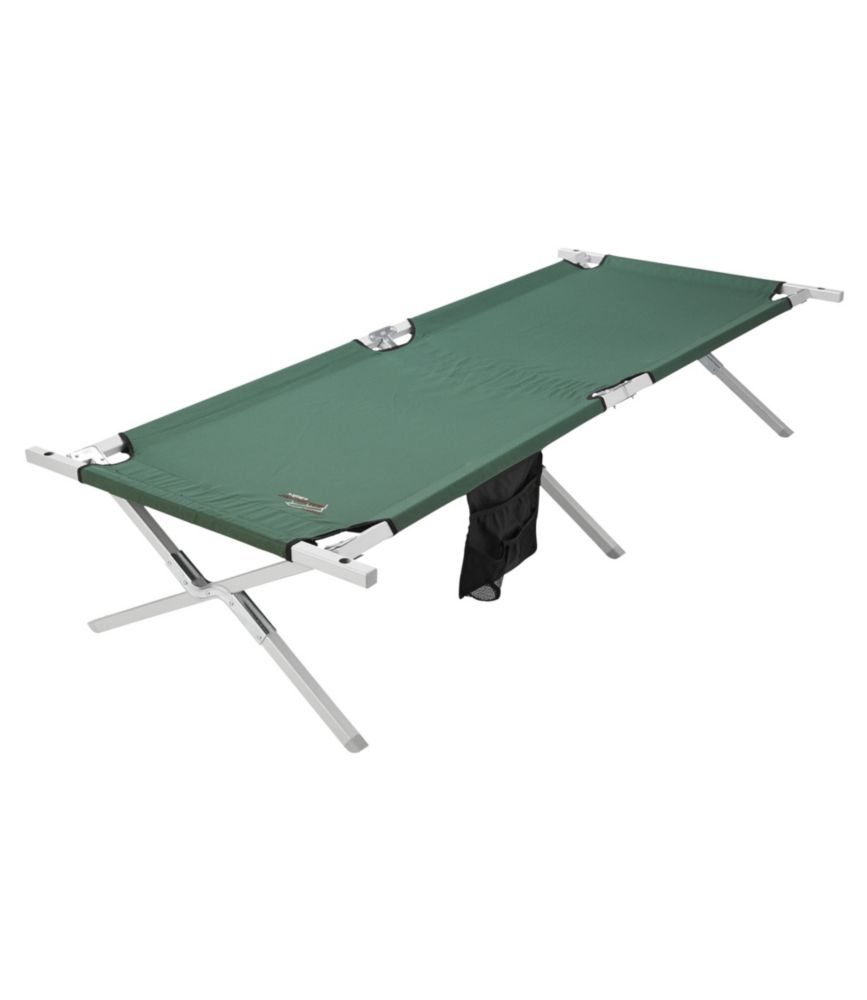
 Source: i.ytimg.com
Source: i.ytimg.com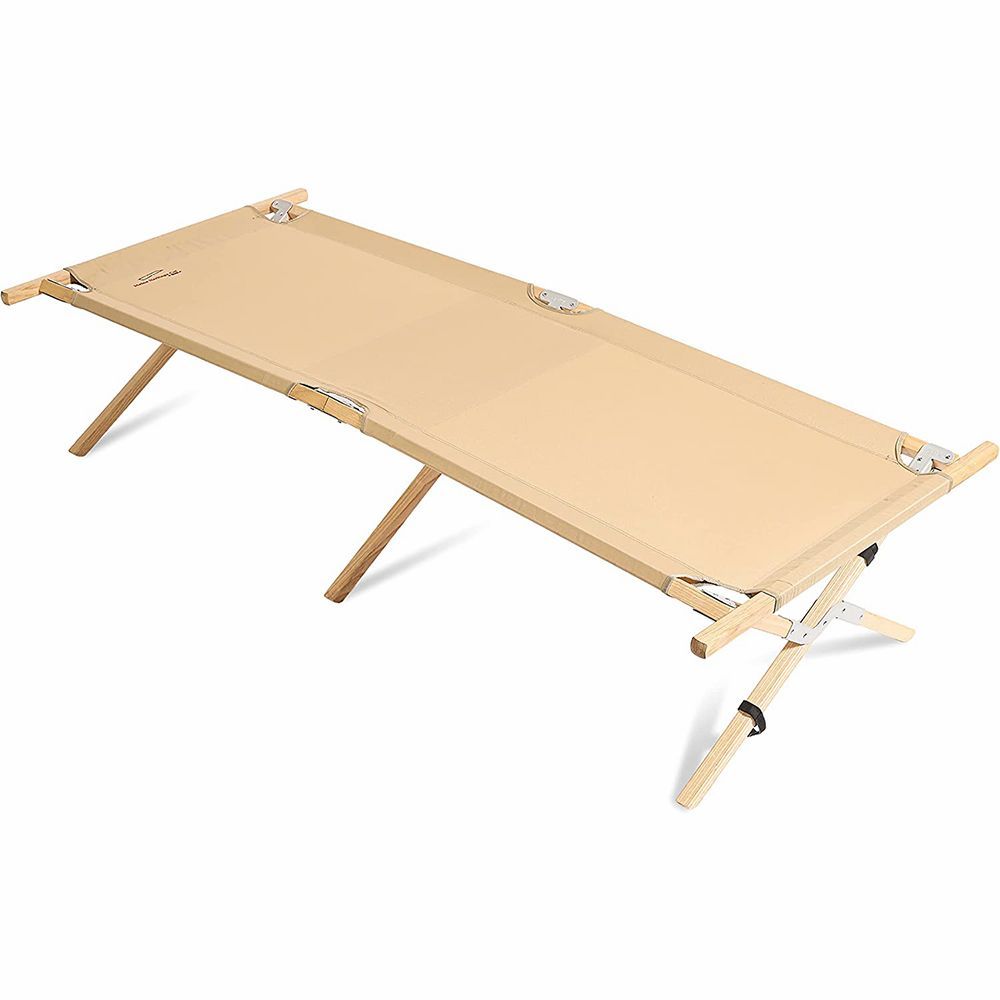 Source: hips.hearstapps.com
Source: hips.hearstapps.com Source: cdn.shopify.com
Source: cdn.shopify.com
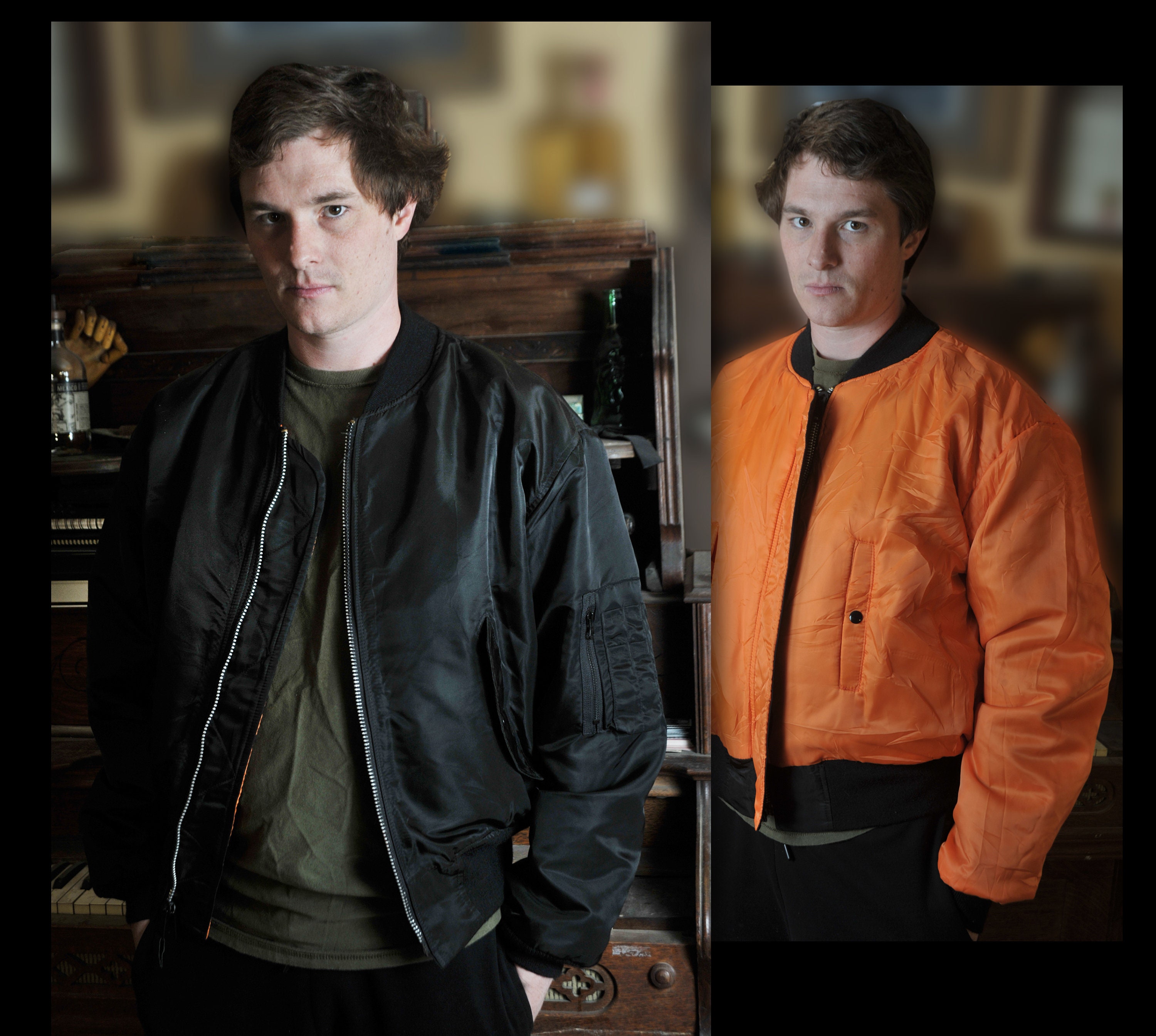 Source: i.etsystatic.com
Source: i.etsystatic.com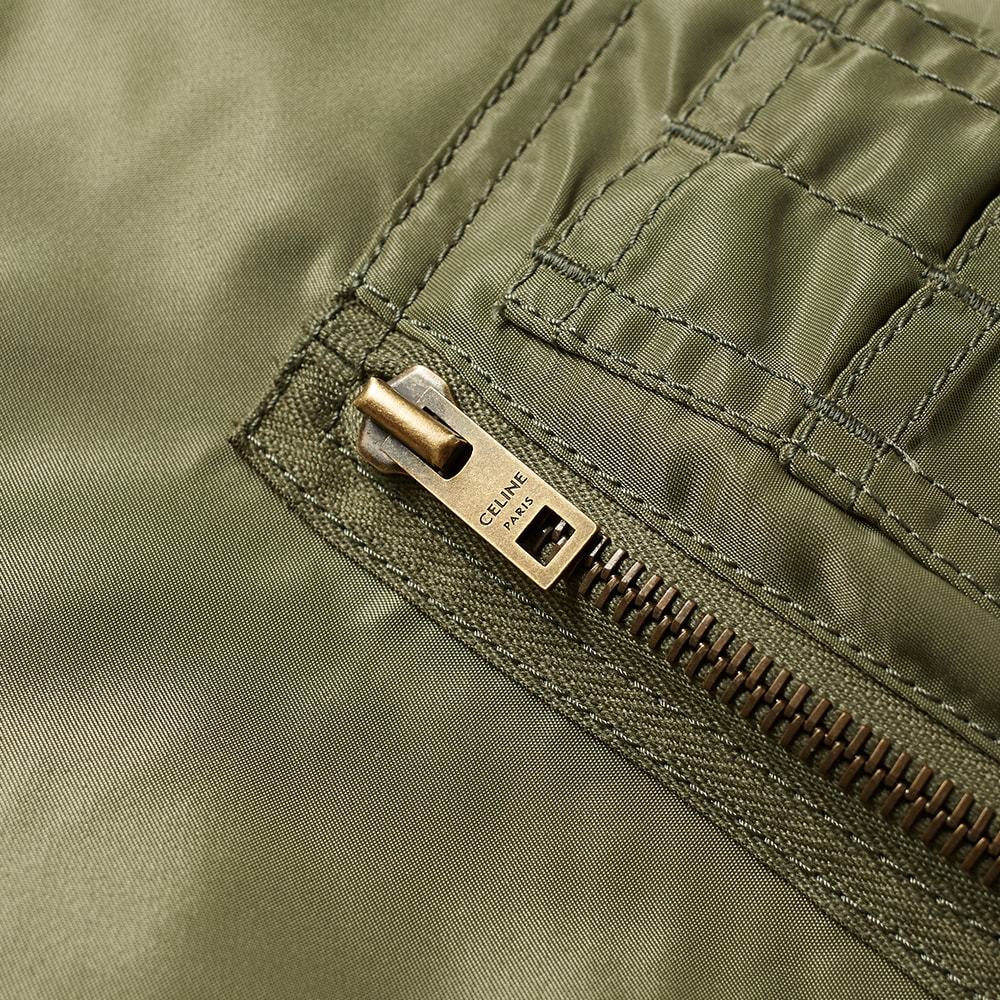 Source: clothbase.s3.amazonaws.com
Source: clothbase.s3.amazonaws.com Source: images.stockx.com
Source: images.stockx.com Source: i.ytimg.com
Source: i.ytimg.com Source: s3-eu-west-1.amazonaws.com
Source: s3-eu-west-1.amazonaws.com
 Source: cdn.manhwaz.com
Source: cdn.manhwaz.com Source: i.pinimg.com
Source: i.pinimg.com Source: img01.imgnav18w.xyz
Source: img01.imgnav18w.xyz Source: static1.cbrimages.com
Source: static1.cbrimages.com Source: woopread.com
Source: woopread.com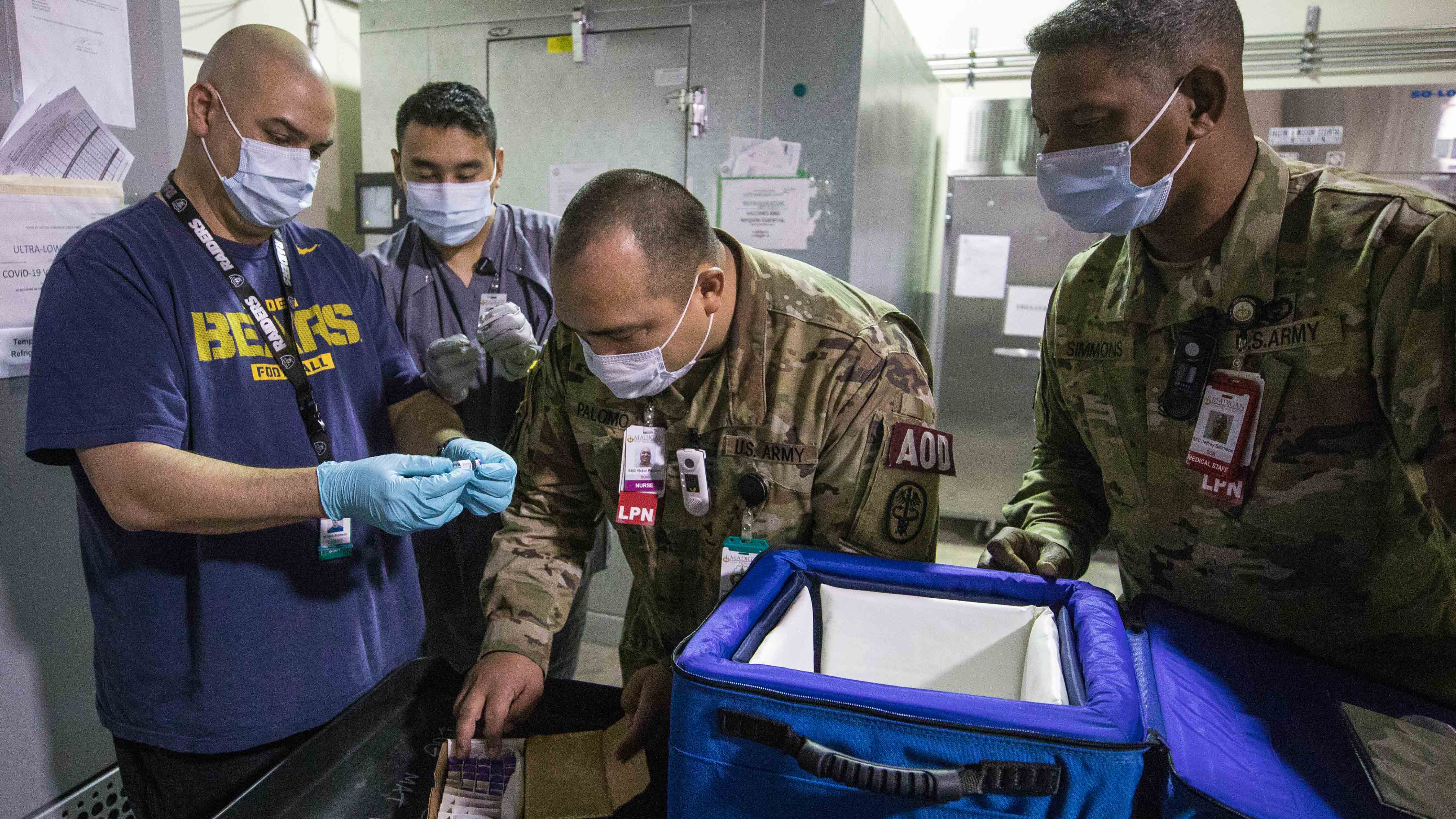
 Source: upload.wikimedia.org
Source: upload.wikimedia.org/vms-tv-images-prod.s3-ap-southeast-2.amazonaws.com%2F2022%2F07%2F444950%2Fpickerimage.jpg) Source: imageresizer.static9.net.au
Source: imageresizer.static9.net.au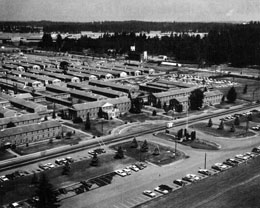 Source: www.historylink.org
Source: www.historylink.org Source: mapio.net
Source: mapio.net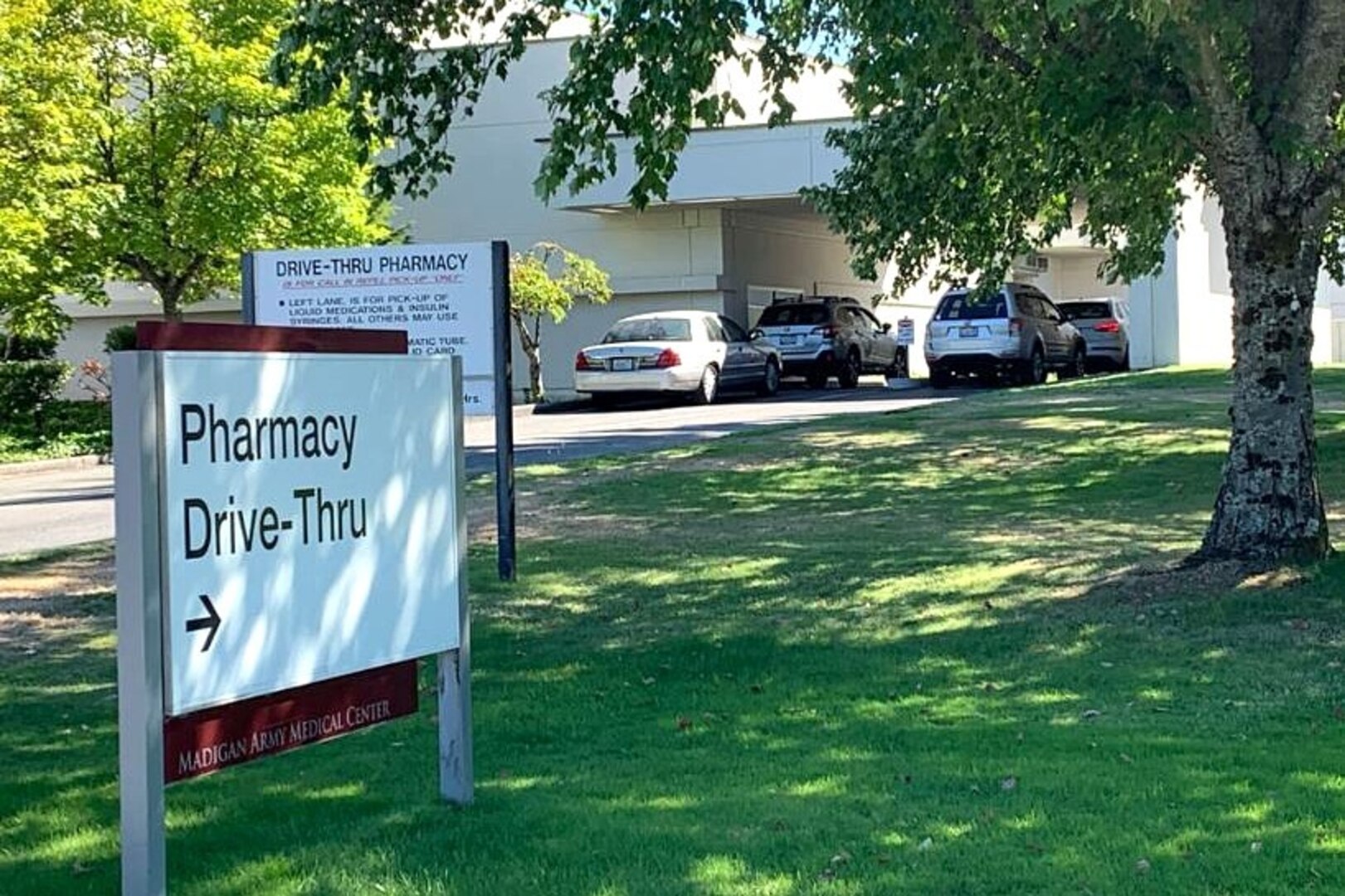 Source: media.defense.gov
Source: media.defense.gov
 Source: www.nawo.com
Source: www.nawo.com Source: n.nordstrommedia.com
Source: n.nordstrommedia.com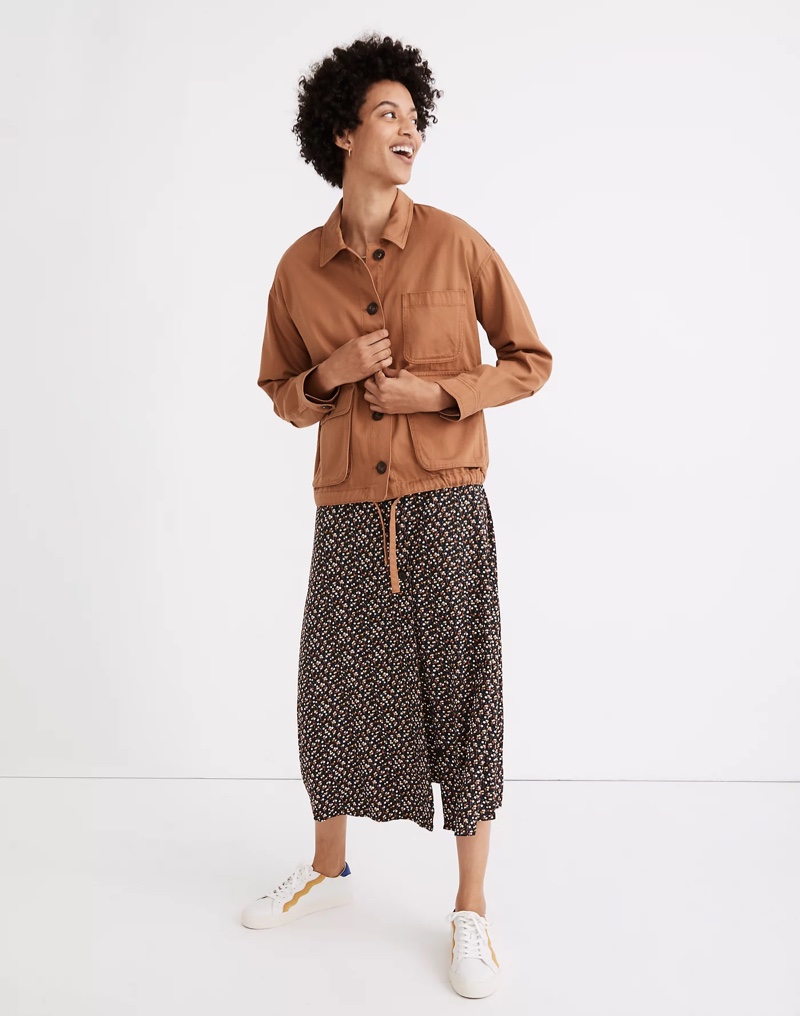 Source: www.fashiongonerogue.com
Source: www.fashiongonerogue.com Source: cdn.shopify.com
Source: cdn.shopify.com Source: i.pinimg.com
Source: i.pinimg.com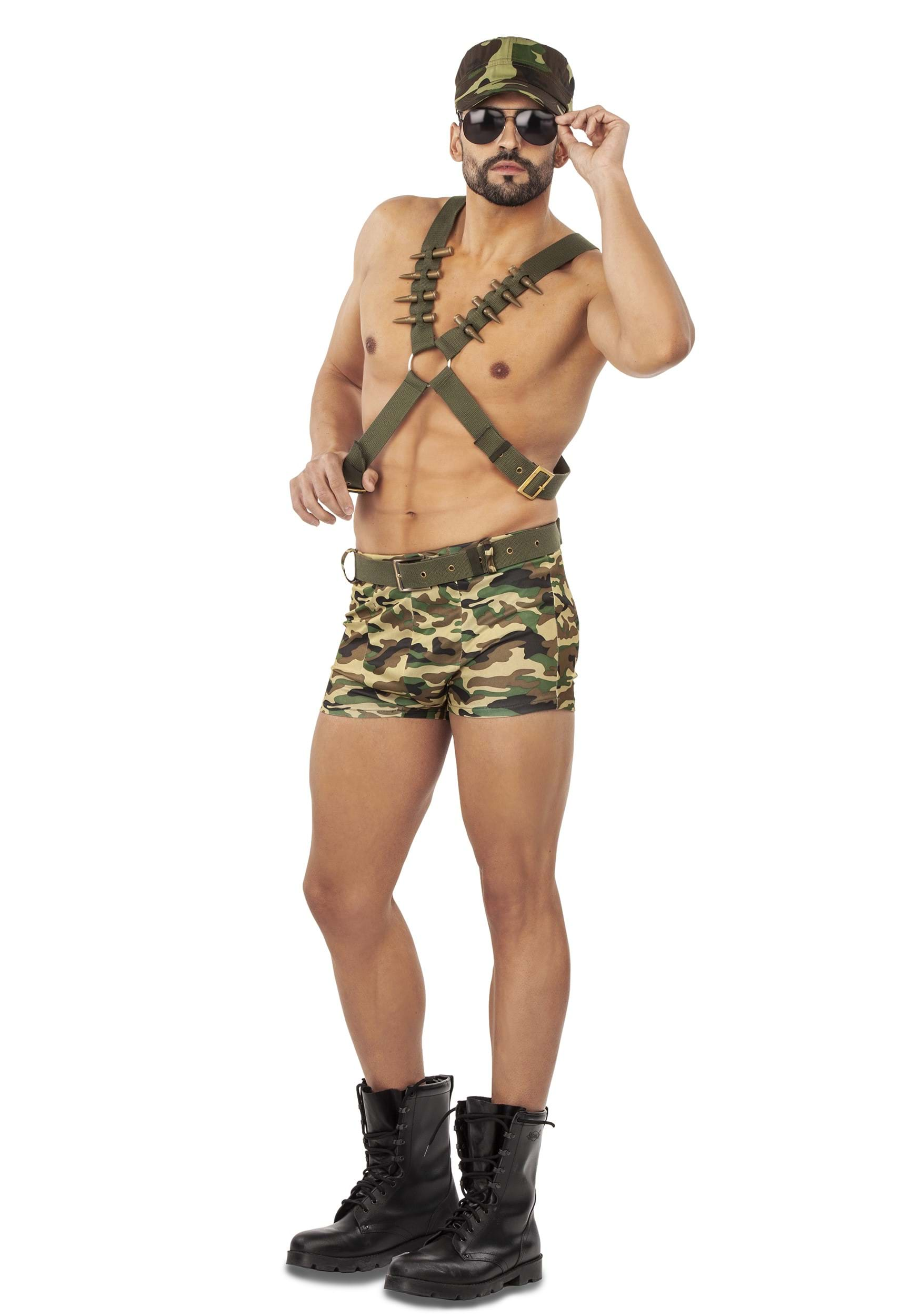
 Source: m.media-amazon.com
Source: m.media-amazon.com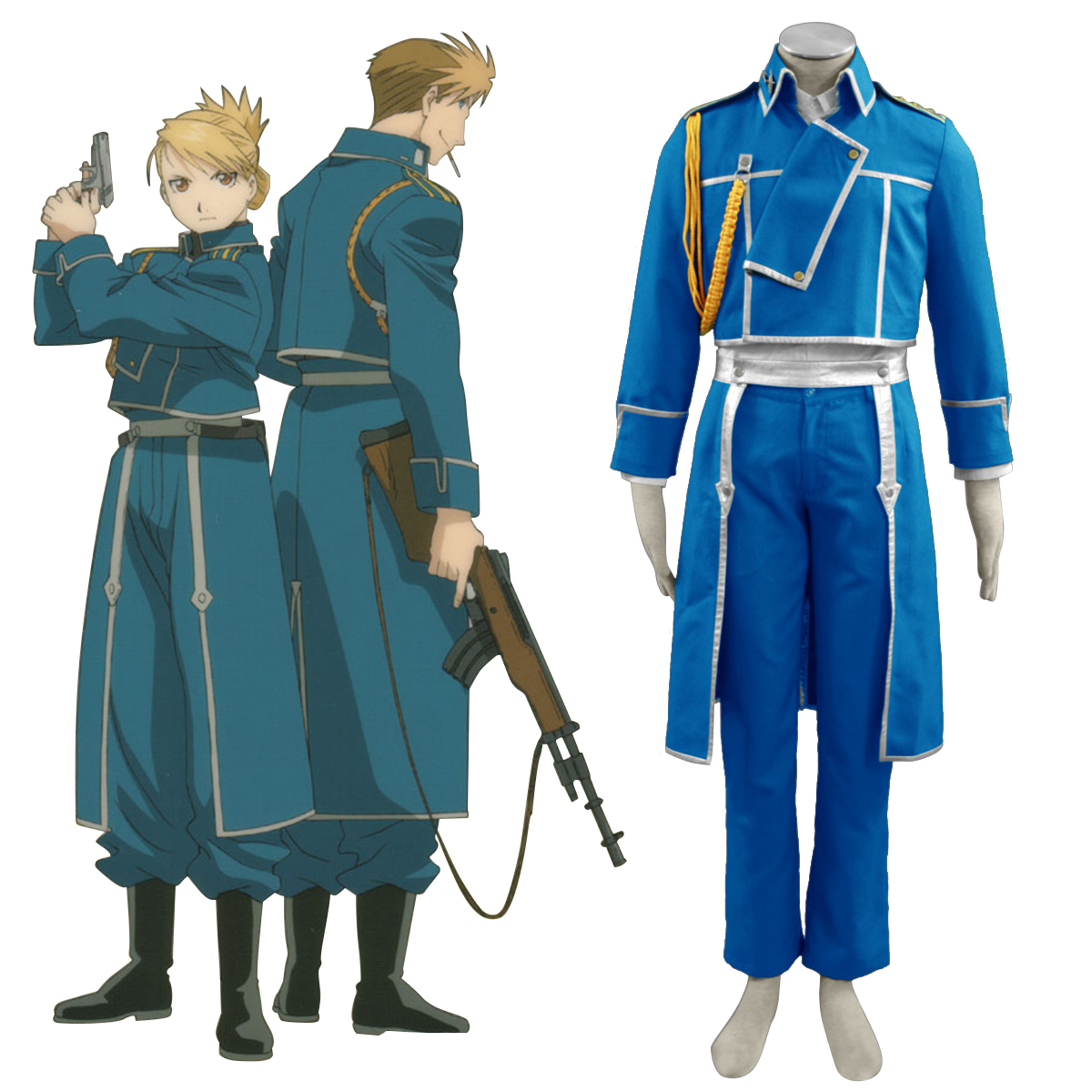 Source: au.cosplaymiu.com
Source: au.cosplaymiu.com Source: static.vecteezy.com
Source: static.vecteezy.com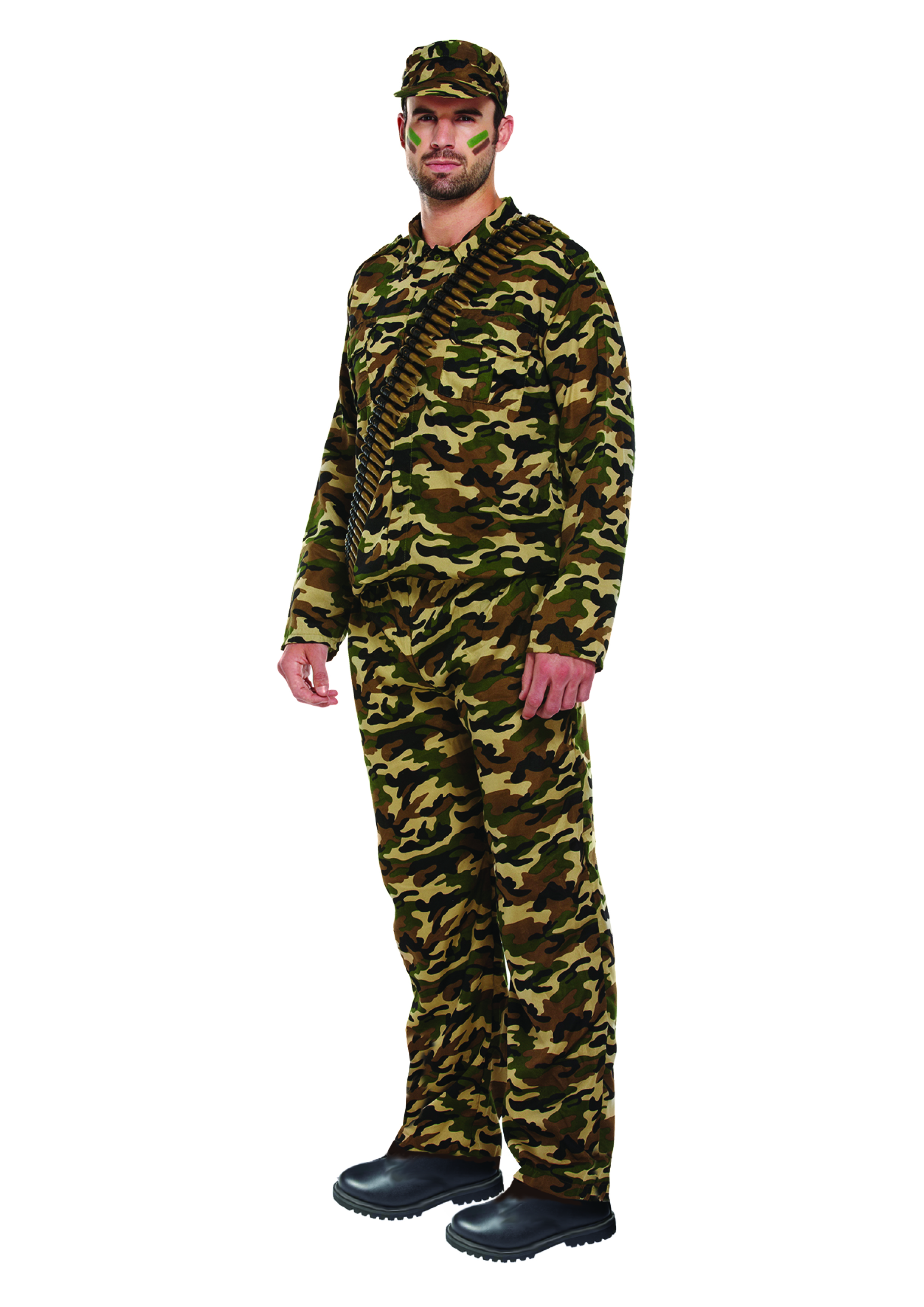 Source: www.henbrandt.co.uk
Source: www.henbrandt.co.uk
 Source: balkaninsight.com
Source: balkaninsight.com Source: editorial01.shutterstock.com
Source: editorial01.shutterstock.com Source: balkaninsight.com
Source: balkaninsight.com Source: media.defense.gov
Source: media.defense.gov